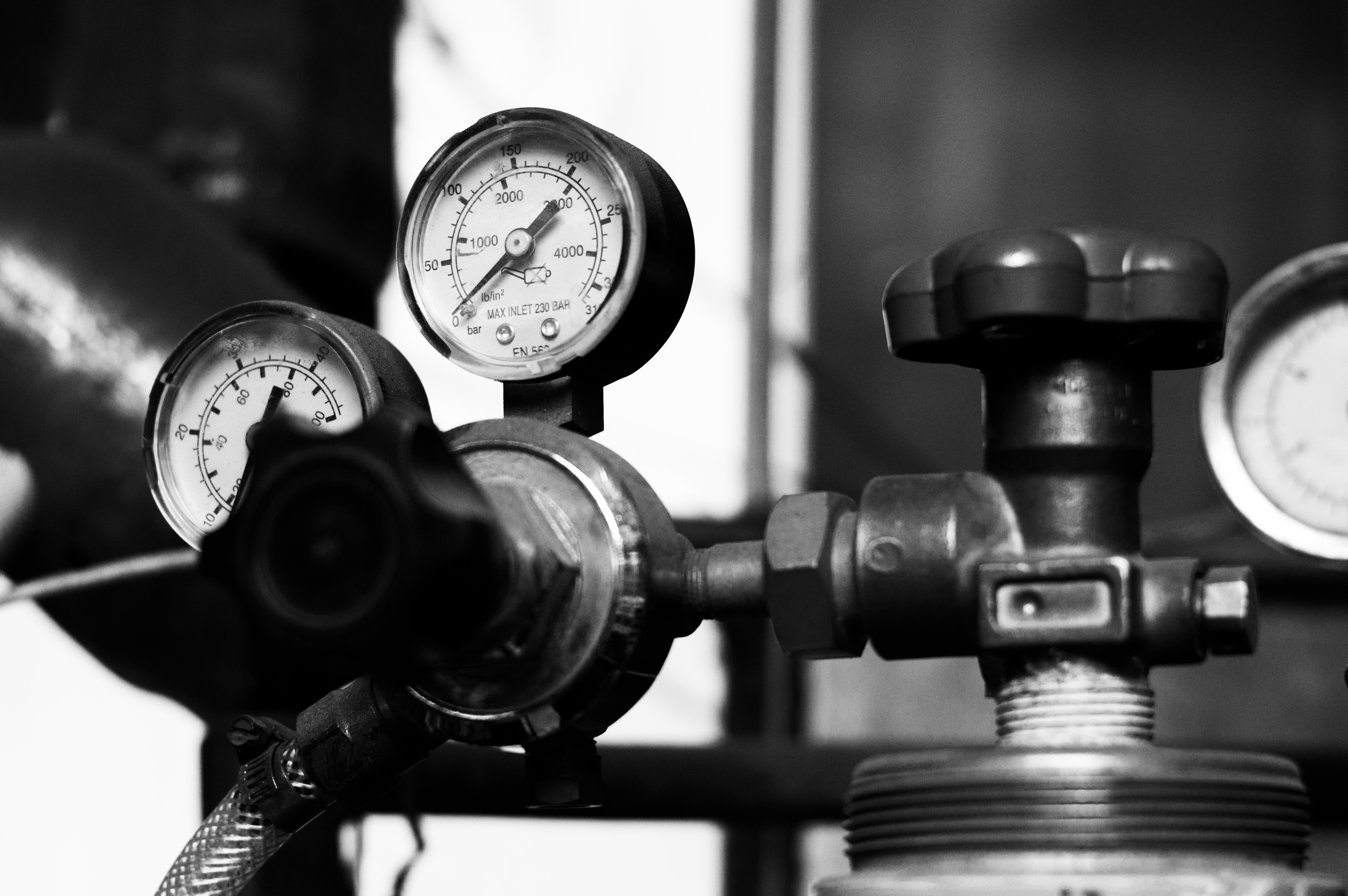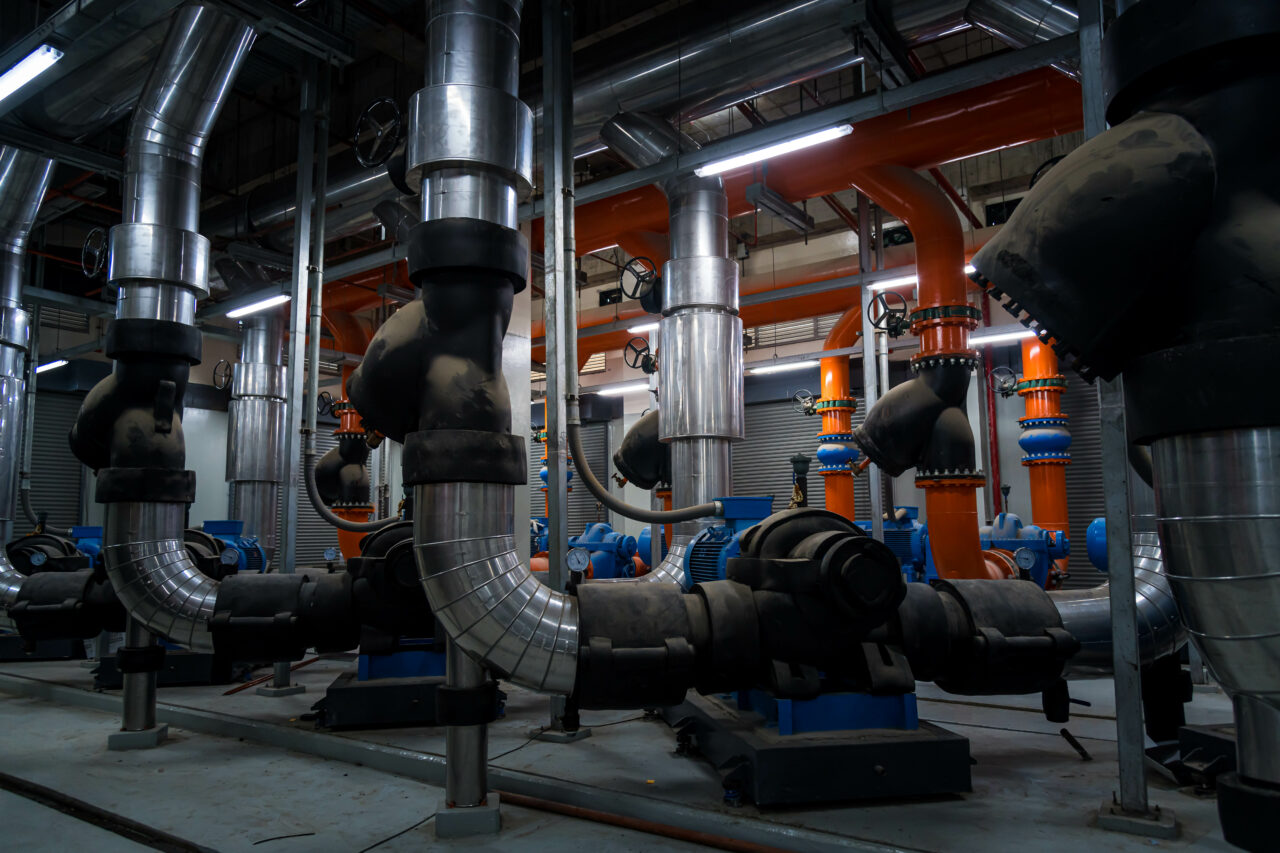Commissioning, Qualification, and Validation (CQV) are essential steps in the lifecycle of a new facility, ensuring that it operates safely and efficiently according to predefined standards and regulatory requirements. Here are the key steps involved:
Planning Phase:
- Define the scope of the project.
- Establish project goals and objectives.
- Develop a CQV master plan outlining the strategy, timelines, and resources required.
- Identify regulatory requirements and standards to be followed.
Design Qualification (DQ):
- Review and assess the design documentation to ensure it meets user requirements, regulatory standards, and industry best practices.
- Verify that the design specifications align with intended functionality and operational needs.
- Identify potential risks and develop mitigation strategies.
Installation Qualification (IQ):
- Verify that all components, equipment, and systems are installed correctly according to the approved design specifications.
- Ensure that installation documentation, including drawings, manuals, and protocols, is complete and accurate.
- Perform physical inspections and functional checks to confirm proper installation.
Operational Qualification (OQ):
- Test and validate the functionality of individual systems and equipment under normal operating conditions.
- Verify that equipment operates within specified parameters and tolerances.
- Develop test protocols and procedures to evaluate system performance.
Performance Qualification (PQ):
- Conduct integrated testing to verify the overall performance of the facility and its ability to consistently produce desired results.
- Simulate routine operating conditions and evaluate system performance over an extended period.
- Document and analyze test results to ensure compliance with regulatory requirements and user expectations.
Validation Protocol Execution:
- Execute validation protocols according to the established procedures and timelines.
- Record all observations, deviations, and corrective actions during testing.
- Obtain approval and sign-off from stakeholders for each phase of validation.
Data Analysis and Reporting:
- Analyze validation data to assess compliance with acceptance criteria and predefined specifications.
- Prepare comprehensive validation reports summarizing the results, findings, and conclusions of each qualification phase.
- Address any discrepancies or non-conformances identified during validation testing.
Regulatory Approval and Finalization:
- Submit validation documentation to regulatory authorities for review and approval, if required.
- Obtain necessary permits and certifications for the operation of the facility.
- Finalize all documentation and procedures for routine operation and maintenance.
Continuous Monitoring and Maintenance:
- Implement a system for ongoing monitoring, calibration, and maintenance of equipment and systems.
- Conduct periodic reviews and assessments to ensure continued compliance with regulatory requirements and industry standards.
- Update validation documentation as necessary to reflect changes or modifications to the facility.
Contact us:
Our team of highly experienced CQV Engineers and Project Managers are readily available to provide assistance and leadership at any level for your project needs. We invite you to contact us at info@gxpcellators.com to explore how we can support your project and ensure its success.










